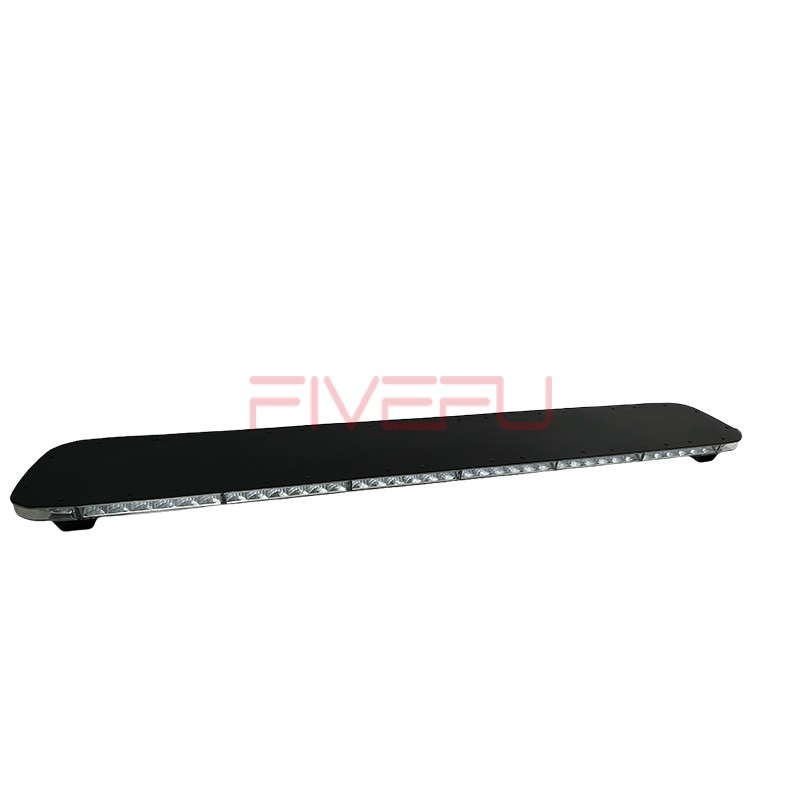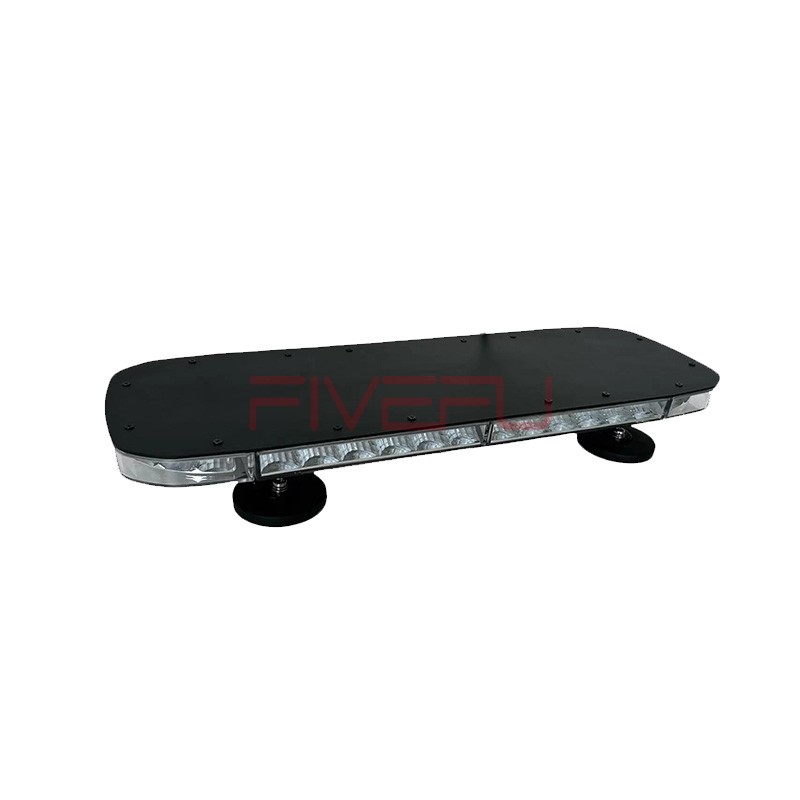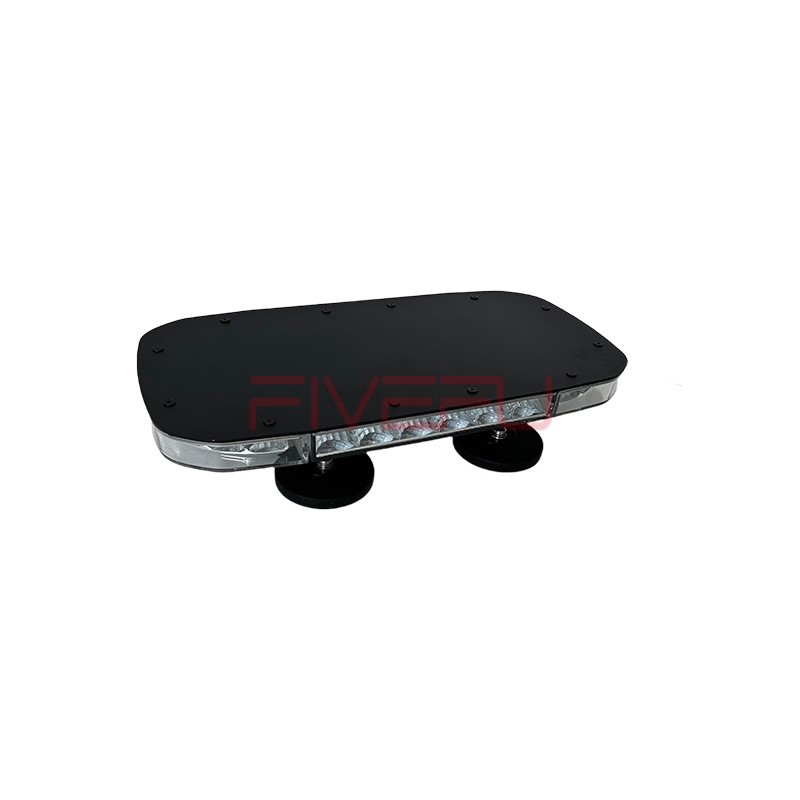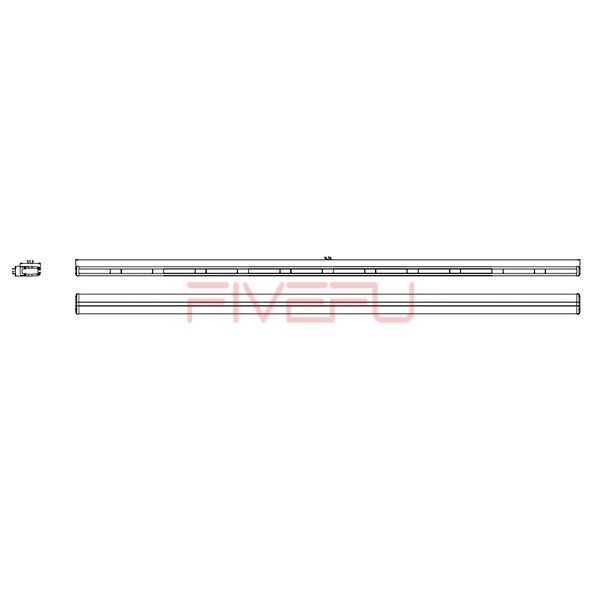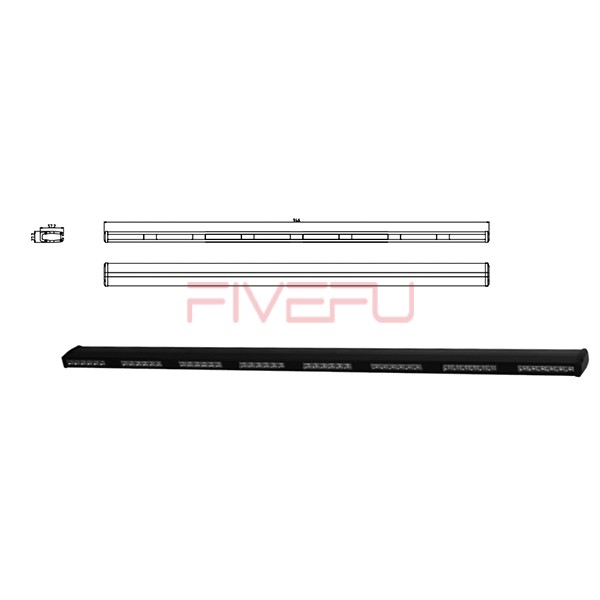Drivers love customizing their vehicles, but using the wrong external LED color can cause legal trouble and accidents. Green LEDs may mislead other road users and lead to fines or collisions. Understanding the law helps you stay stylish and safe—here’s the solution.
Green LEDs on the exterior of road vehicles are generally illegal in many regions because green lighting is often designated for specific emergency or priority vehicles. Laws vary by country and state, but unauthorized use can result in fines, police stops, and failed vehicle inspections. Always check local vehicle lighting regulations before installing green external LEDs to ensure compliance and avoid enforcement issues.
Explore the rules to avoid accidental law-breaking and keep your vehicle street-legal.
Why are green LEDs regulated?
Lighting on a road vehicle is not just decoration—it communicates meaning to other drivers. Traffic laws worldwide classify exterior lights into standardized colors to signal specific functions. For example:
-
White: front-facing headlights and daytime running lights
-
Red: rear lights, brake lights
-
Amber: turn signals and hazard lights
-
Blue/Green: typically reserved for authorized emergency or special-use vehicles
Introducing green lighting to a private vehicle disrupts this system. In some countries, green LEDs are reserved for volunteer emergency responders such as medics or fire personnel. If a non-authorized driver installs green LEDs externally, it can mislead or confuse others, especially at night.
Lawmakers enforce strict controls to prevent behaviors like impersonating emergency services or causing unsafe distractions. Even if your intent is purely aesthetic, enforcement officers cannot assume that.
In the United States, many states cite Federal Motor Vehicle Safety Standards (FMVSS) guidelines for permissible exterior lighting colors. In the United Kingdom, Road Vehicles Lighting Regulations (RVLR) specify green is prohibited for non-emergency use. Australia, Canada, and EU members follow similar principles.
While some LED kits are labeled “for off-road use only,” using them on public streets exposes you to ticketing and potential vehicle seizure if police believe you are impersonating authority.
What penalties might drivers face?
Consequences differ depending on jurisdiction, but here are common outcomes:
-
On-the-spot police stop
Having green LEDs illuminated while driving gives police probable cause to pull you over. -
Fines or citations
Fines can range from $50 to $500+ depending on whether the violation also involves emergency impersonation. -
Vehicle inspection failure
Some areas require corrective action before renewing registration. -
Legal escalation
If the officer believes you intended to mimic an emergency vehicle, you may face criminal charges, including:-
Vehicle impoundment
-
Court appearance
-
License suspension in serious cases
-
Ignoring the law can therefore become expensive and stressful very quickly.
Are any green LEDs legal on a car?
There are a few exceptions—location and usage are the key factors.
✅ Often allowed
-
Interior footwell lights (not visible outside while driving)
-
Decorative lighting for car shows
-
Off-road vehicles on private property
-
Parked vehicles during an event (if local ordinance allows)
🚫 Usually illegal
-
Exterior underglow while driving on public roads
-
Front-facing green lights
-
Flashing green lights (impersonation risk)
-
Lights that resemble emergency signaling patterns
Even when technically legal, brightness and visibility angle may bring unwanted enforcement scrutiny. Some states require underglow lights to not emit light beyond the vehicle’s body line.
The safest rule: If the green LEDs are visible to other drivers and the car is moving on a public road, it’s likely illegal.
What alternatives are legal for vehicle customization?
When personalizing your car, choose colors universally respected as non-regulatory:
-
White (front)
-
Amber (side and turn indicators)
-
Red (rear)
For underglow customizations, many enthusiasts opt for:
-
Soft white or amber glow on public roads
-
RGB systems with a compliance mode (e.g., automatic shift to legal colors when driving)
Smart LED controllers also allow geo-locked settings preventing illegal color use on highways.
It’s important to purchase lighting from manufacturers that explicitly state compliance with SAE, ECE, or DOT standards. Documenting certification helps if questioned by enforcement.
Additionally, ensure installation does not obstruct required lights or create glare. Poorly aimed or overly bright lights can still violate safety codes even if the color is legal.
Final compliance tips before installing LEDs
Follow this checklist to avoid legal problems:
✅ Check your local vehicle code online or at a licensing office
✅ Follow FMVSS, ECE, DOT, or state standards for light placement
✅ Avoid flashing or rotating patterns outdoors
✅ Turn off show lighting while driving
✅ Confirm LEDs don’t impair brake, signal, or headlight visibility
✅ Document compliance and keep receipts
If in doubt, consult a certified automotive lighting technician—modifications that seem harmless may still be considered illegal signaling.
Stick with legal LED colors and avoid fines or trouble from green exterior lighting on the road.

